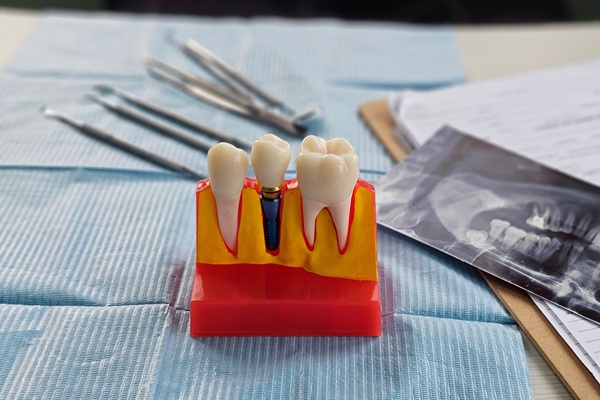Consider Root Canal Retreatment Before Opting for Tooth Extraction

A root canal endodontist can help repair and then save an infected or badly damaged tooth. With proper care, teeth that have had root canal treatment can be kept for a lifetime. But sometimes teeth can heal improperly and become painful or diseased after some months or even years after treatment. As much as this may be unfortunate, if it happens, you can still save your tooth with retreatment. An additional procedure can reduce discomfort or dental pain and promote healing. If you feel any pain or discomfort in a tooth that was previously treated, take the time to talk to an endodontist about retreatment.
Root canal endodontist and retreatment
As with any medical or dental procedure, the tooth may not heal as anticipated after initial treatment. This may be due to several reasons. It may be because curved or narrow canals were not treated during the first procedure or complicated canal anatomy was not detected. It can happen if the crown placement was delayed after treatment.
The restoration may also not manage to prevent salivary contamination to the inside of the tooth. There are also a variety of new problems that can jeopardize a tooth that was treated successfully. These include a fracture or crack in the tooth or a new infection in the tooth because of new decay. When a person opted for the original root canal treatment, the dentist probably informed the patient that the only other treatment option was to have the tooth extracted. When it comes to this new problem, if a person is experiencing pain depending on the cause, the dentist may recommend retreatment.
Sometimes, endodontic surgery can be suggested in conjunction with retreatment. Aside from endodontic retreatment or surgery, the other option is to have the tooth extracted. Medical practitioners usually discuss all the treatment options with patients. This is done before recommending the appropriate treatment.
Root canal retreatment vs. tooth extraction
Extracting the tooth is an alternative to root canal retreatment. An extracted tooth has to be replaced with a bridge, implant or removable partial denture. This is often done because it helps restore chewing function and prevents adjacent teeth from shifting. But these options require extensive dental procedures or surgery on the adjacent healthy teeth.
This can make them more time-consuming and costly than retreatment and restoration of the natural tooth. Tooth replacement can be effective. But nothing is as good as a person’s natural tooth. A person who chooses retreatment can end up having a functioning, healthy natural tooth for many years to come.
Takeaway
Sometimes, even after the nerve has been removed from a tooth, it may not heal as expected. The discomfort that a person may feel long after the root canal has healed may be an indicator that the tooth needs endodontic treatment. Often, to save a tooth, dentists recommend retreatment. Other alternatives include endodontic surgery or the extraction of the tooth.
But there are several reasons why a person may choose root canal retreatment rather than a tooth extraction. Retreatment may be more affordable and less time-consuming. It also gives a patient a second chance to save the tooth. If you think that a tooth needs retreatment, schedule an appointment with your dentist for evaluation.
Request an appointment here: https://www.sheats-endo.com or call Sheats Endodontic Group at (615) 526-2495 for an appointment in our Nashville office.
Recent Posts
Tooth pain relief is often necessary when decay, infection, or trauma affects the inner structure of a tooth. In many cases, root canal therapy is the most effective way to eliminate pain, save the natural tooth, and prevent further complications. This procedure removes infected or damaged pulp, cleans the root canals, and seals the tooth…
When a root canal fails, a root canal retreatment must happen. Getting a root canal treatment is better than a dental extraction. If an endodontist sees that your tooth still has good bone support and healthy gums under or around it, a root canal can save the tooth. A root canal is a less expensive…
Tooth pain and dental trauma can be distressing and require immediate attention to prevent further damage and alleviate discomfort. An emergency endodontist specializes in diagnosing and treating severe tooth pain and trauma, offering expert care to save a tooth, relieve pain, and protect long-term oral health. When sudden tooth pain or injury strikes, seeking help…
A root canal cleans out infection from the interior of a tooth, but dentists will attempt other options, such as dental fillings, when possible. Therefore, it can be hard for patients to know when they may need a root canal or whether a problem can be solved in another way. The signs that you may…


